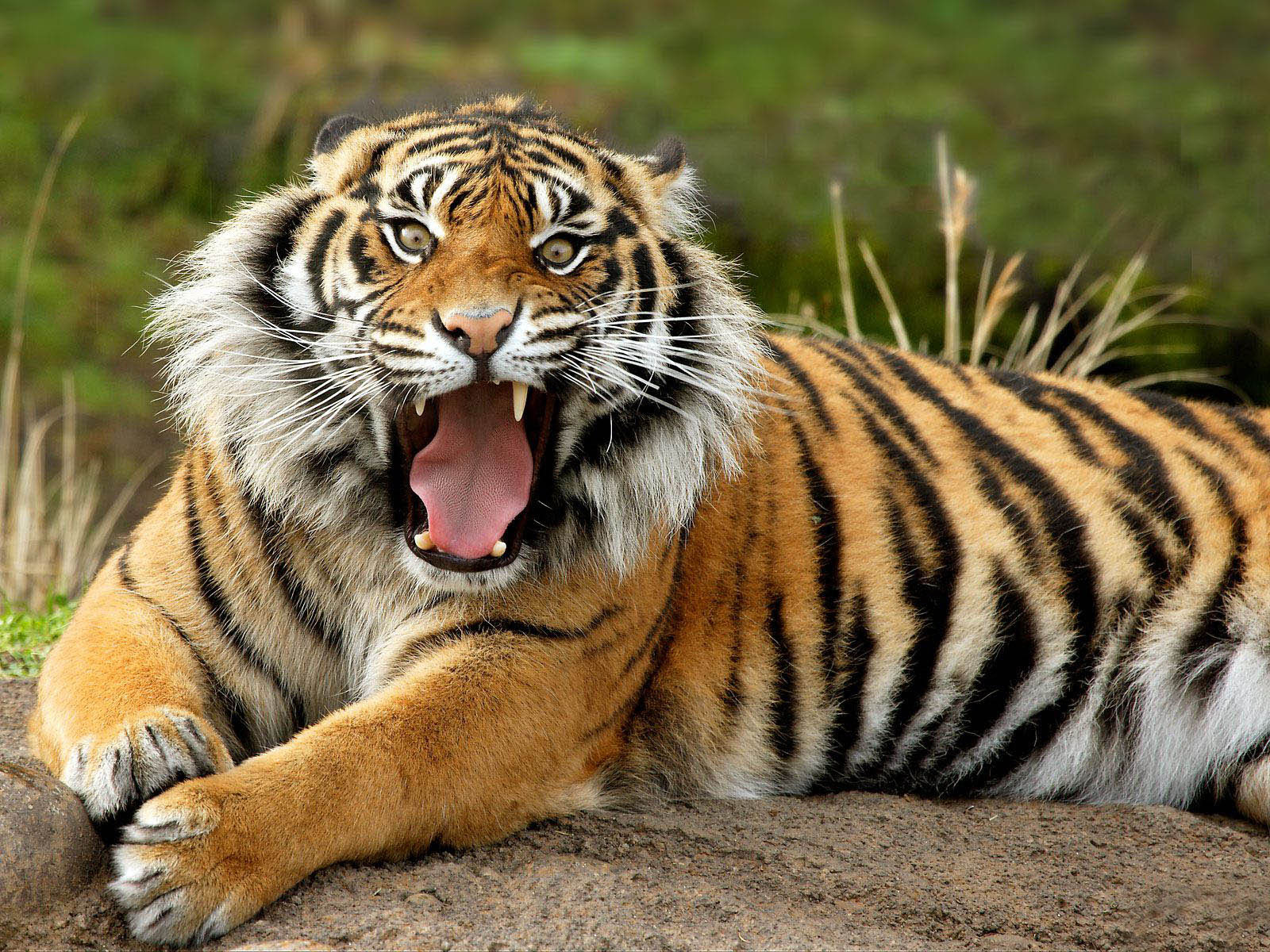Wild animals play a crucial role in maintaining the balance of our ecosystems. From the tiniest insects to the largest mammals, each species contributes to the intricate web of life that sustains our planet. In this article, we will explore various aspects of wild animals, their habitats, behaviors, and their importance to both nature and humanity. By understanding these magnificent creatures, we can foster a greater appreciation for wildlife and the conservation efforts needed to protect them.
In this comprehensive guide, we will cover various topics related to wild animals, including their behaviors, habitats, and the significance of wildlife conservation. Whether you are a wildlife enthusiast or simply curious about the natural world, this article will provide valuable insights and information about the fascinating lives of wild animals.
Table of Contents
- What Are Wild Animals?
- Importance of Wild Animals
- Habitats of Wild Animals
- Behavior of Wild Animals
- Threats to Wild Animals
- Wildlife Conservation Efforts
- How to Help Wildlife
- Conclusion
What Are Wild Animals?
Wild animals are species that exist in their natural habitat, free from human interference. They include a wide range of organisms, from mammals and birds to reptiles, amphibians, and insects. Unlike domesticated animals, wild animals rely on their instincts and natural behaviors for survival. They play a vital role in ecosystems, contributing to biodiversity and the overall health of the environment.
Characteristics of Wild Animals
- Adaptability: Wild animals have evolved to survive in various environments, from dense forests to arid deserts.
- Instinctual Behaviors: They rely on instinct for hunting, foraging, and mating.
- Social Structures: Many wild animals live in social groups, while others are solitary.
Importance of Wild Animals
Wild animals are essential for several reasons:
- Biodiversity: They contribute to genetic diversity, which is crucial for ecosystem resilience.
- Ecological Balance: Predators control prey populations, preventing overgrazing and maintaining healthy plant life.
- Cultural Significance: Many cultures revere wild animals, and they are often featured in art, folklore, and traditions.
Habitats of Wild Animals
Wild animals inhabit various ecosystems, each providing unique resources and conditions:
- Forests: Home to a diverse range of species, including mammals, birds, and insects.
- Grasslands: Support large herbivores and their predators.
- Wetlands: Crucial for many aquatic species and migratory birds.
- Deserts: Host specially adapted species that can survive extreme conditions.
Examples of Wild Animal Habitats
- Amazon Rainforest
- Savannah of Africa
- Great Barrier Reef
- Rocky Mountains
Behavior of Wild Animals
The behavior of wild animals is influenced by their environment, social structures, and survival needs. Understanding these behaviors can provide insights into their lives:
Feeding Habits
Wild animals exhibit diverse feeding strategies, categorized as:
- Herbivores: Animals that primarily consume plants.
- Carnivores: Predators that hunt and eat other animals.
- Omnivores: Species that eat both plants and animals.
Mating and Reproduction
Mating behaviors vary widely among species, often involving elaborate courtship displays. Reproductive strategies also differ, with some species producing many offspring while others invest heavily in a few.
Threats to Wild Animals
Despite their importance, wild animals face numerous threats, including:
- Habitat Loss: Deforestation, urbanization, and agriculture reduce living spaces.
- Climate Change: Alters habitats and food availability, affecting migration patterns.
- Poaching and Illegal Trade: Endangers many species, leading to population declines.
Wildlife Conservation Efforts
Conservation organizations and governments are working to protect wild animals through various initiatives:
- Protected Areas: Establishing national parks and reserves to safeguard habitats.
- Legislation: Enforcing laws against poaching and illegal trade.
- Community Involvement: Engaging local populations in conservation efforts.
How to Help Wildlife
Individuals can contribute to wildlife conservation by:
- Supporting Conservation Organizations: Donations and volunteer work can make a difference.
- Practicing Responsible Tourism: Choose eco-friendly travel options that benefit local wildlife.
- Educating Others: Share knowledge about the importance of wild animals and conservation.
Conclusion
In conclusion, understanding wild animals and their significance is essential for fostering a deeper appreciation for the natural world. By recognizing the threats they face and supporting conservation efforts, we can help protect these magnificent creatures for future generations. Let us take action, whether by leaving a comment, sharing this article, or exploring more on the topic of wildlife conservation.
Thank You for Reading
We hope you found this article insightful and informative. Your interest in wild animals and their conservation is crucial for ensuring a sustainable future for our planet. We invite you to return for more articles and updates on wildlife and environmental issues.
A Comprehensive Look At The Witches Of New Orleans In American Horror Story: Coven Cast.
A Psychic Medium Who Empowers And Inspires People Is Allison Dubois.
Investigating The Life And Legacy Of Jesseca DuPart's Former Spouse.


